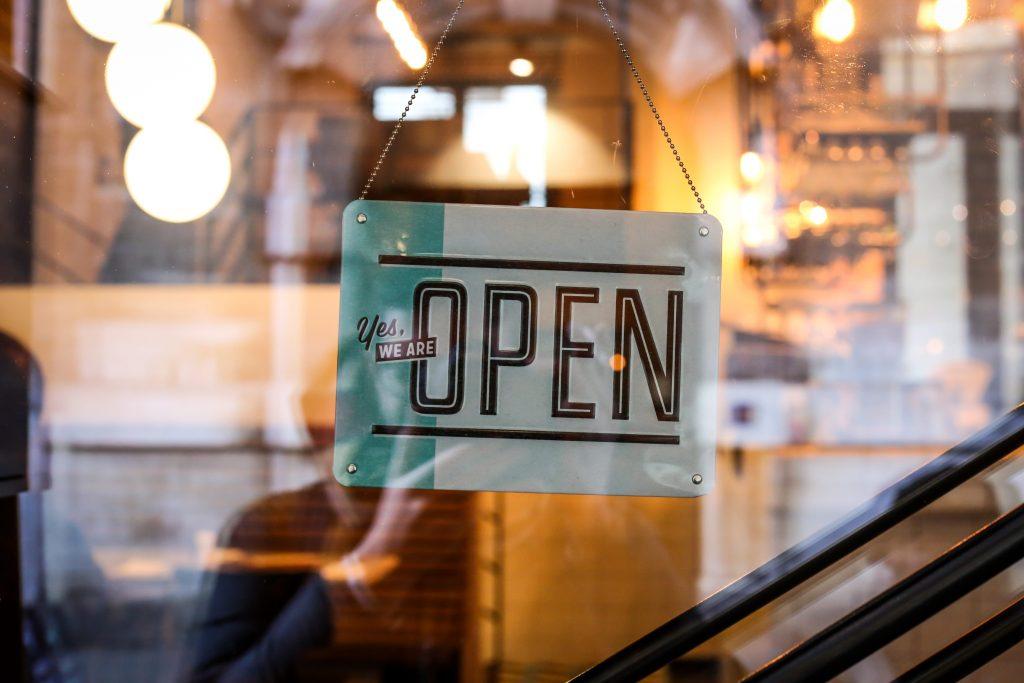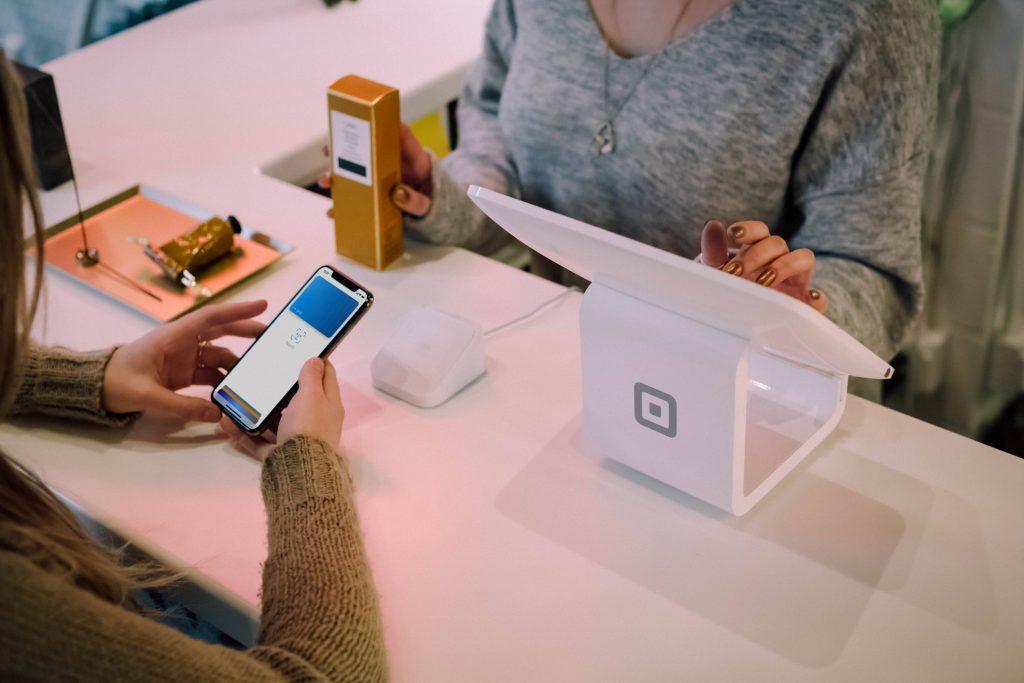The retail industry in the UK is struggling. With department store giant, Debenhams, recently joining the line-up of British retailers having trouble keeping stores open, are the days of brick and mortar retail shops coming to an end?

The British Retail Consortium estimates that a third of Britain’s retail jobs could vanish by 2025, so the outlook for physical stores does not look good. However, online sales still only account for 17% of total retail sales in the UK, according to the Office for National Statistics, with supermarkets still dominating the retail landscape. But with Amazon now accounting for £4 in every £100 spent in the UK, is there anything that can be done by physical stores to compete with online shopping?
Let’s take a look at what future holds for the retail industry, and how some shops are trying to get ahead of the game by implementing futuristic technology to enhance the shopping experience and keep customers coming back to their stores.
The Rise of Online Purchasing
It probably doesn’t come as a surprise to anyone just how much consumers have taken to online shopping. With access to the internet providing everyone with anything they could possibly want to buy at the touch of a button delivered straight to their doorstep in a matter of days, it’s no wonder this medium of purchasing has risen in popularity, with no sign of slowing down.
The credit crunch in 2007 hit the UK retail sector hard, with several retailers, such as tech giant Comet, failing to recover. As recently as 2018, more retail chains went under, including Toys R Us and other retailers like Marks & Spencer and House of Fraser announcing widespread closure of stores throughout the UK.
Physical stores have the added pressure of incredibly high rent prices for the high street, meaning many retailers can simply no longer afford to have as many stores open throughout the UK. And with Brexit on the way throwing in more uncertainty – with a no-deal Brexit threatening the retail industry with up to £7.8 billion in import tariffs – consumers could shift more of their purchases to online as the high street continues to dwindle.
Physical Stores Fighting to Compete
Whilst the situation does not look great for physical stores, there are still plenty of retailers fighting to make the most out of the situation and adapt to the changing preferences of their consumers. Retailers that are willing and able to cater to customer’s evolving need and demands have the best chance of thriving in a world rapidly switching to online purchases. Here are some of the latest technological advancements being implemented in the world of retail:
-
Robot Retail Assistants
US stores such as Lowe’s are trialling voice-controlled robot assistants to enhance the customer experience. Their customer service robot is called LoweBot, and this AI driven tech will use data from customers to offer a personalised service, according to Will Robinson, technology director at Advanced Supply Chain. The idea is that AI could keep customers coming back to stores by offering smart recommendations that add value for the customer, as well as helping shoppers find items and provide information about products.
-
Digital Dressing Rooms
One advantage physical shops have over online ones, is that products can be tried on before purchase. People want to touch merchandise and see it in person before they buy. Thus, some retailers are capitalising on enhancing this part of the shopping experience to keep consumers coming back.
Take high end retailer Rebecca Minkoff, which tripled clothing sales with their interactive touchscreens that let shoppers choose products to be sent to their dressing rooms. The dressing room mirror was also an interactive screen allowing shoppers to view those same items styled with different colours, sizes and looks.
However, physical dressing rooms could end up being eliminated altogether if this technology continues to improve. Why go to a shop if you can have a 3D version of yourself to try on items? Beauty retailer, Sephora, is already using an interactive app that lets shoppers try on makeup and get recommendations using their phone’s camera.
-
More Convenient Payment
Paying for goods is something that consumers want made more convenient and digitalised. Smart phone ‘wallet’ apps are certainly set to increase in usage, with Chinese consumers already making two thirds of payments via mobiles. Biometric payments could replace cash in the future, with fingerprint or iris scans used to authenticate payments. Even voice-activated payments are being driven by digital assistants such as Amazon’s Alexa, with finance companies already pursuing the technology.
Supermarket giant, Sainsbury’s, is already trialling its first till-free store, where shoppers scan items with a smartphone and have the payment processed by their phone upon leaving the store.

Further Advances in Online Shopping
Online shops are also taking advantage of emerging technologies to enhance consumer experience. Take Amazon’s ‘Dash Button’, a revolutionary device that allows users to replenish their kitchen goods with the mere click of a button to trigger an automatic delivery.
However, one start-up taking this even further is WePlenish, which have launched a line of IoT powered smart containers that promise to measure inventory levels automatically and replenish those items by ordering more when it senses that you are running out, so you can have a restock without even having to lift a finger.
Online shopping services are also the driving force behind quick deliveries. With Amazon now offering the likes of same-day delivery and trialling the use of drones for delivery in the UK, which could cut delivery times down to a mere 30 minutes, online shopping clearly has one goal in mind: convenience.
That appears to be the key difference between the two, and what physical stores need to play to in order to compete. Online shopping offers convenience for ‘chore shopping’, physical stores offer a shopping experience that people actively enjoy, and don’t want to stop doing.
The message is clear, retailers need to drive people to their stores with an enhanced shopping experience that consumers just won’t be able to get online, and advances in technology can help this be a reality. At GSM Barcoding, we can set your business up with an inventory management app to track and manage your inventory, helping you to eliminate excess stock and release capital, as well as barcode asset tracking systems. Contact us today to find out more.


















